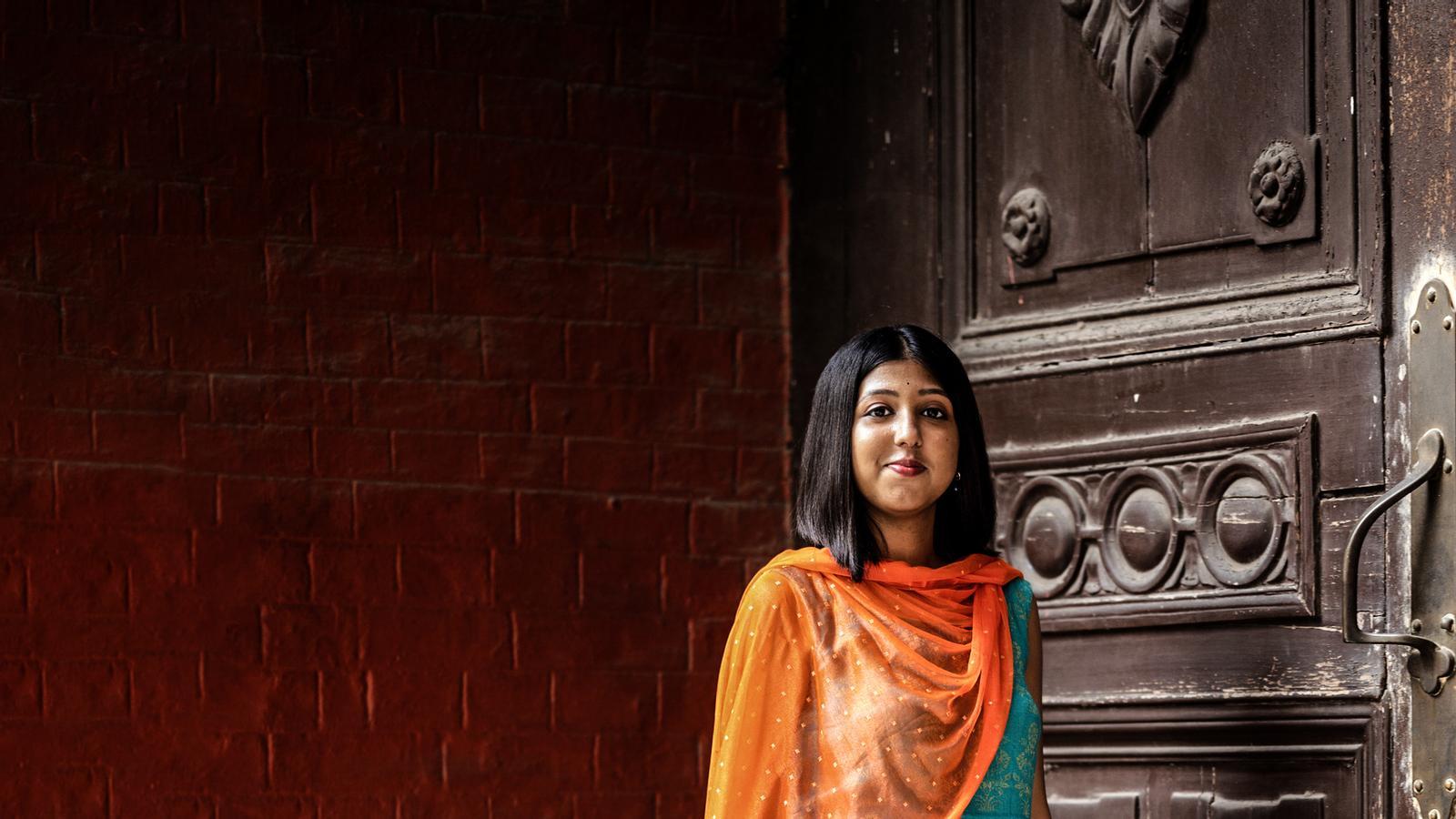What happens if something your grandfather used, which cost 5 euros, appears on a fashion show for 1,000 euros?


Since the 1980s, under the postmodern umbrella, a widespread trend began in fashion—and in all creative fields—to recover multiple styles and merge traditions, wrapped in the banner of multiculturalism. However, what could be seen as an attempt to break with the dominant Eurocentrism and assert other realities concealed new colonial overtones. Most fashion brands, from Yves Saint Laurent to John Galliano, compulsively and unabashedly interwove different cultures as mere aesthetic exercises, while simultaneously neglecting their historical heritage and idiosyncratic depth. Like someone who goes to the inspiration supermarket and adds Mayan references, touches of Japonism, and details from some African culture to their cart, seeking to distinguish themselves through authenticity in an overly saturated market, contradictorily, with an authenticity based on cultural borrowings of stiff stereotyping.
Fortunately, however, for some time now, certain sectors have become aware and are demanding a relationship between parties based on respect, equal treatment, and bidirectional benefits. Starting from the rejection of these practices, I wonder what position to adopt, since we cannot ignore the fact that, ever since philosopher Marshall McLuhan spoke to us of the "global village," we have lived in a globalized world where any information goes viral everywhere in a matter of seconds. Can we establish real and clear limits between cultural appreciation and appropriation? In recent fashion proposals, two brands have exemplified this issue.
The first case comes from the Italian brand Prada, accused of cultural appropriation for including Kolhapuri chappal sandals, originating in medieval India and bearing a Protected Geographical Indication (GI tag). Indian Express took a stand on the question: "What would happen if something your grandfather used, costing around five euros, appeared on an international luxury catwalk as a contemporary sandal priced at over 1,100 euros, with no mention of its original cultural source?" On the other hand, Kolhapuri chappal is such a widespread footwear that we can find it in any neighborhood store, just like the esparto grass espadrille of Mediterranean heritage or the flip-flops from Ancient Egypt.
Meanwhile, the house of Dior, with a newly appointed Jonathan Anderson at the helm, has launched a new version of the iconic Lady Dior bag, with clear Andean references through the incorporation of thread tassels made with ancestral craftsmanship. The French house has commissioned the version of this bag from the prestigious American artist Sheila Hicks, who lived for a time in Chile to gain a deeper understanding of indigenous communities. Hicks, in this case, offers us a perspective closer to anthropology than to aesthetics, embracing the idea of weaving as a communicative language among Andean women. While this proposal is based on a much more careful understanding of culture than Prada's, is it legitimate for a North American artist, through a French brand, to speak through Andean tradition, and for that brand to enrich itself at her expense?
It is frankly very complex to find the appropriate positioning with which to engage with other cultures without falling into cultural plunder. But, on the other hand, saying that we cannot draw inspiration from beyond our geographical borders is neither organic nor realistic and would be like closing the door on a field. It's clear that respect, consideration, and recognition should always govern us, but ultimately, no matter how respectful a brand wants to be of a tradition, can it escape cultural appropriation given the impossibility of ceasing to belong to a privileged culture and having enrichment within the capitalist system as its ultimate goal? At this point, I still have no answer.
